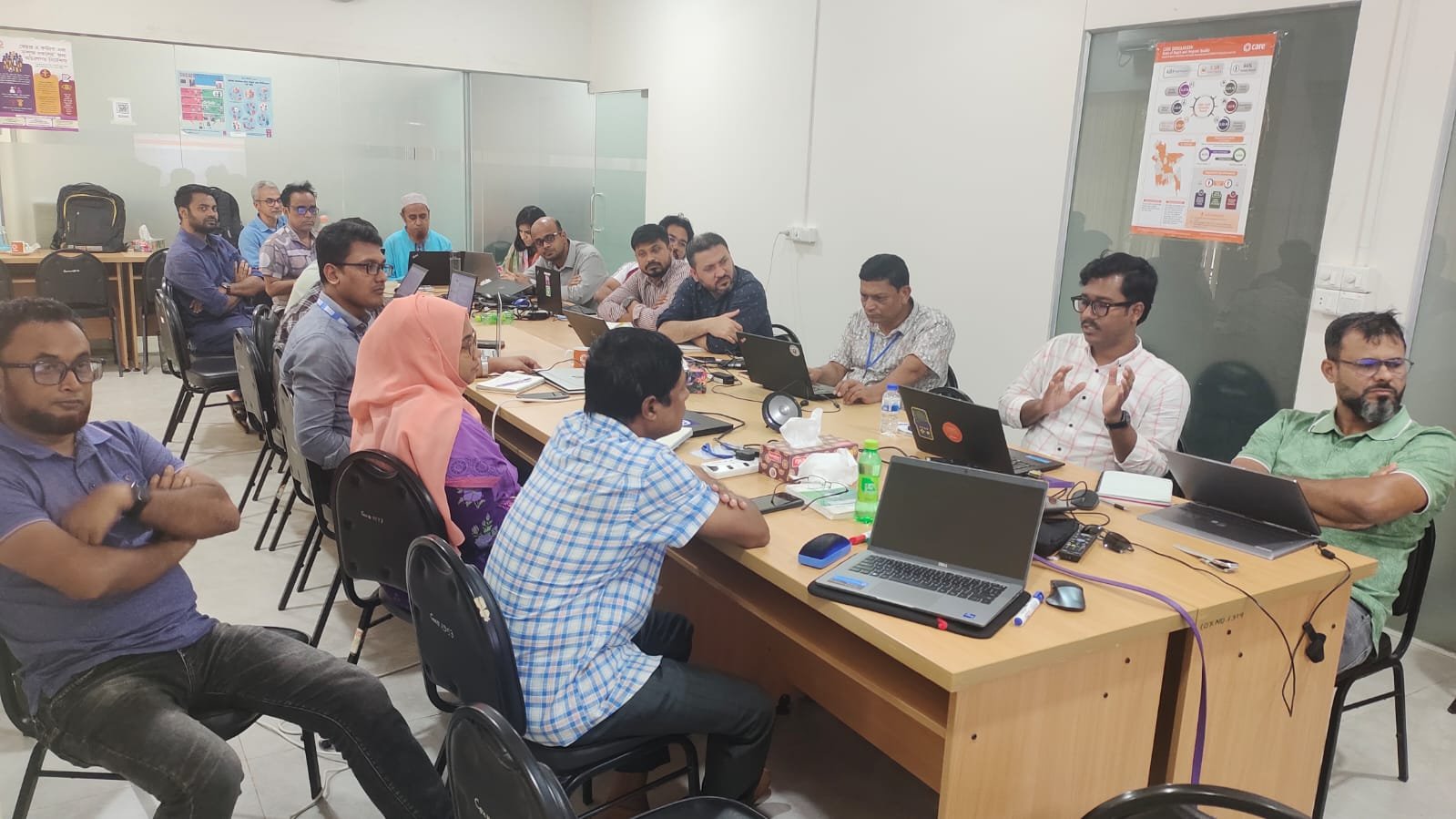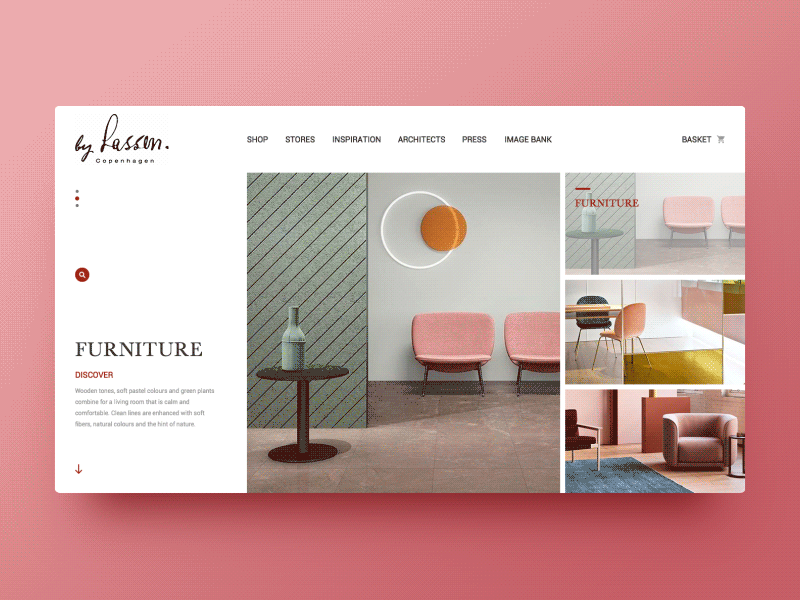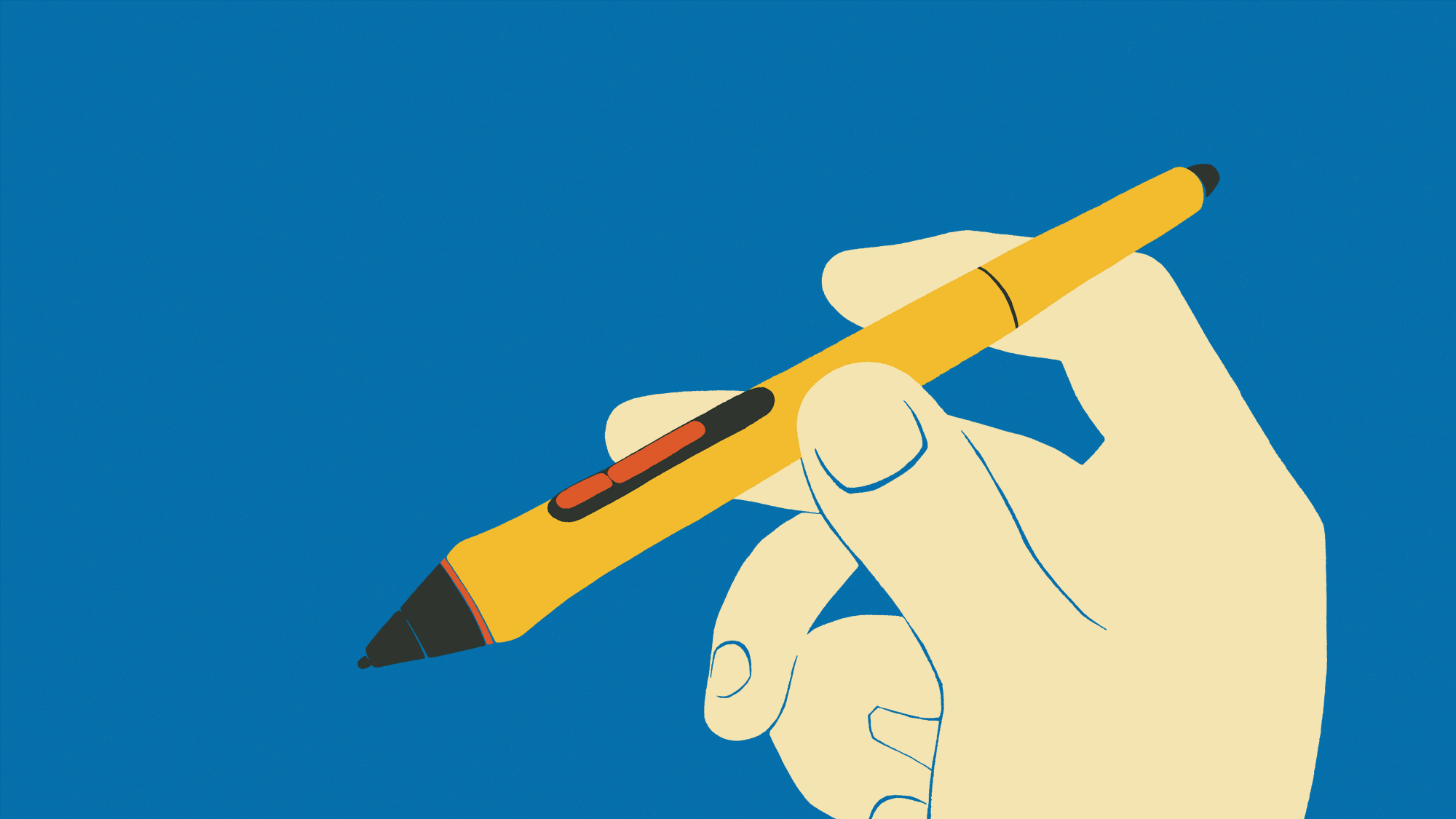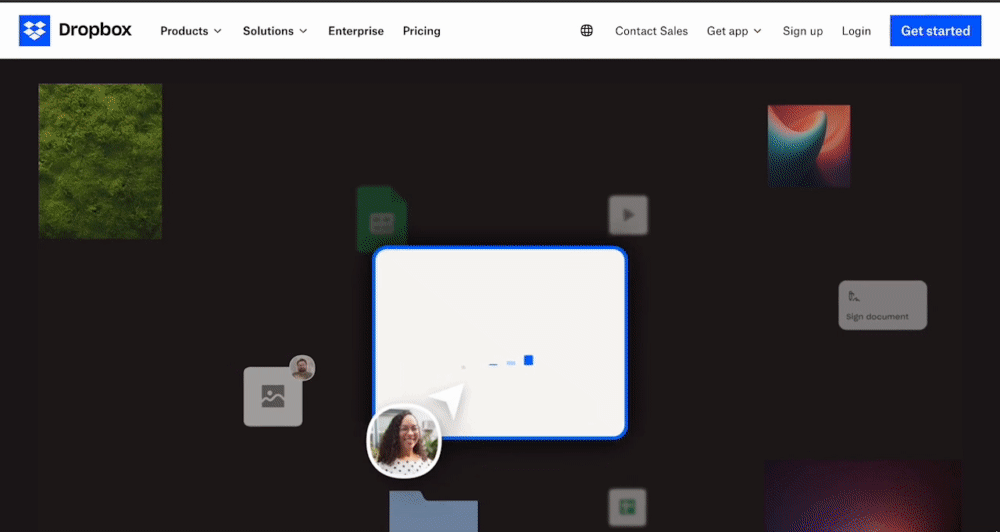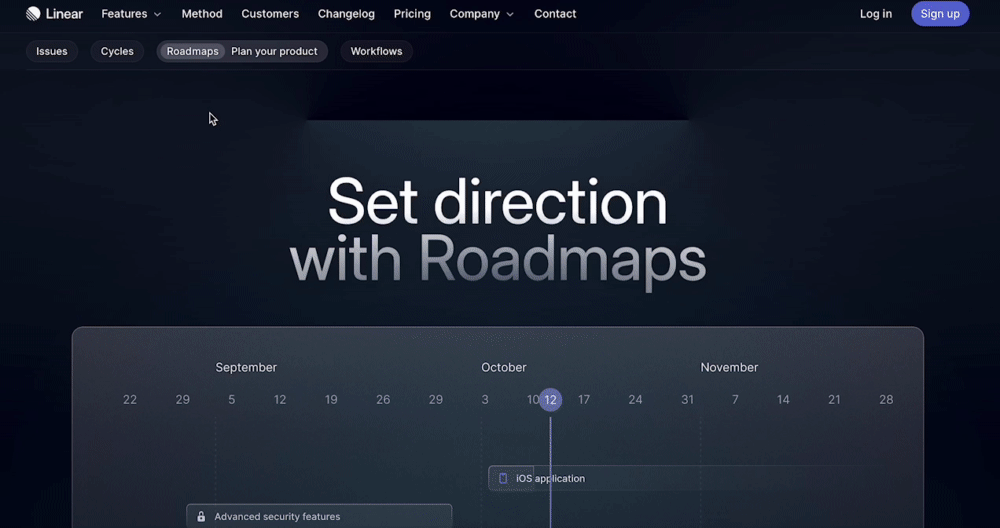7 Smart Ways Technology Can Transform Your NGO’s Impact
/Discover how your organization can benefit from advanced tools and boost its efficiency by up to 40%
In today’s fast-paced world, NGOs are under increasing pressure to maximize efficiency and expand their reach. Technology offers powerful tools that, when used strategically, can propel your organization forward. Here are seven transformative ways technology can revolutionize your NGO’s impact, making operations smoother, more efficient, and exponentially more effective.
1. Streamline Operations with Integrated Systems
7 Smart Ways Technology Can Transform Your NGO's Impact
Seamless Integration: Consolidating your data, processes, and communications into a single platform can save NGOs up to 30% of operational costs, according to a study by the TechSoup Global Network. Integrated Management Information Systems (MIS) allow you to manage projects without the chaos of juggling multiple tools. Real-time updates and centralized data help teams make informed decisions quickly and effortlessly.
Good Neighbors Bangladesh (GNB) replaced outdated systems with a web-based and mobile MIS platform. The result? They reported a 25% reduction in administrative workload, enabling their team to focus more on community services.
2. Enhance Data Accuracy with Real-Time Tracking
Learn how integrated systems can streamline operations for NGOs and reduce costs
Precision in Action: Real-time tracking systems can reduce data errors by up to 90%, according to a report from Nonprofit Tech for Good. For NGOs dealing with field operations, this precision can make all the difference in resource allocation and project outcomes. Access to accurate, up-to-date information helps improve decision-making and ensures timely intervention.
Example: Oxfam’s digitization of fecal sludge management, using real-time data collection tools, improved their project’s data accuracy by over 50%, leading to faster response times in sanitation efforts.
3. Boost Engagement with User-Friendly Interfaces
Explore the benefits of real-time tracking and advanced analytics for informed decision-making
Design Matters: It’s not just about having technology, but making sure it’s accessible. Research from Nielsen Norman Group shows that a well-designed, user-friendly interface can boost user engagement by 200%. Simplifying tech interfaces ensures that even less tech-savvy staff can fully utilize the tools, improving overall adoption and productivity.
Example: The B-SkillFUL project by Swisscontact increased user engagement by 40% through lightweight, intuitive interfaces optimized for low-bandwidth regions. This was crucial in extending services to remote communities with limited internet access.
4. Empower Decision-Making with Advanced Analytics
Boost stakeholder engagement with user-friendly interfaces and transparent reporting tools
Data-Driven Insights: Advanced analytics can improve the effectiveness of decision-making by up to 70%, according to research by McKinsey & Company. By analyzing trends, performance metrics, and predicting future needs, NGOs can strategically plan their next steps with far greater precision.
UNICEF’s Education MIS system, incorporating GIS and dashboard analytics, led to an 18% improvement in program planning accuracy, helping them target educational interventions more effectively.
5. Facilitate Remote Access and Collaboration
Global Reach: Remote collaboration tools can increase NGO productivity by as much as 35%, especially for organizations working across multiple locations. With cloud-based systems, field teams can upload data in real-time, ensuring continuous collaboration without the need for face-to-face meetings.
6. Automate Routine Tasks for Greater Efficiency
Unlock the potential of automation to increase productivity and drive meaningful change in communities
Boost Productivity: Automation can reduce the time spent on repetitive tasks by 50%, freeing up human resources for more critical thinking and strategic work. This boosts overall productivity and reduces operational bottlenecks.
CCDB automated their project monitoring and evaluation, slashing time spent on data tracking by 30% and improving the accuracy of their reports. This led to faster project iterations and better outcomes on the ground.
7. Increase Transparency with Enhanced Reporting
Clear Communication: Transparency is vital for NGOs to maintain trust with donors and stakeholders. Modern reporting tools can reduce the time spent on financial and project reporting by 25%, according to a study by Charity Digital. These tools also ensure that reports are more accurate and easier to digest, fostering a higher level of trust.
The B-SkillFUL project’s real-time reporting increased transparency, improving donor satisfaction by 15% and leading to renewed funding for future initiatives.
By embracing these technological solutions, NGOs can expect to enhance their operational efficiency by at least 20-40%, according to industry reports. Not only do these advancements streamline your processes, but they also allow your organization to focus on what matters most—making a meaningful difference in the communities you serve.
🚀 Transform Your NGO’s Impact
Invest in streamlined operations with Kaz Software to amplify your organization’s impact. Our expertise in developing innovative solutions ensures that your NGO can achieve its mission more effectively and reach more people in need. Explore how our technology can drive meaningful change and support your goals.























